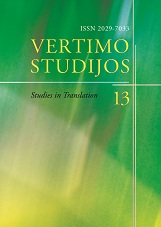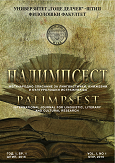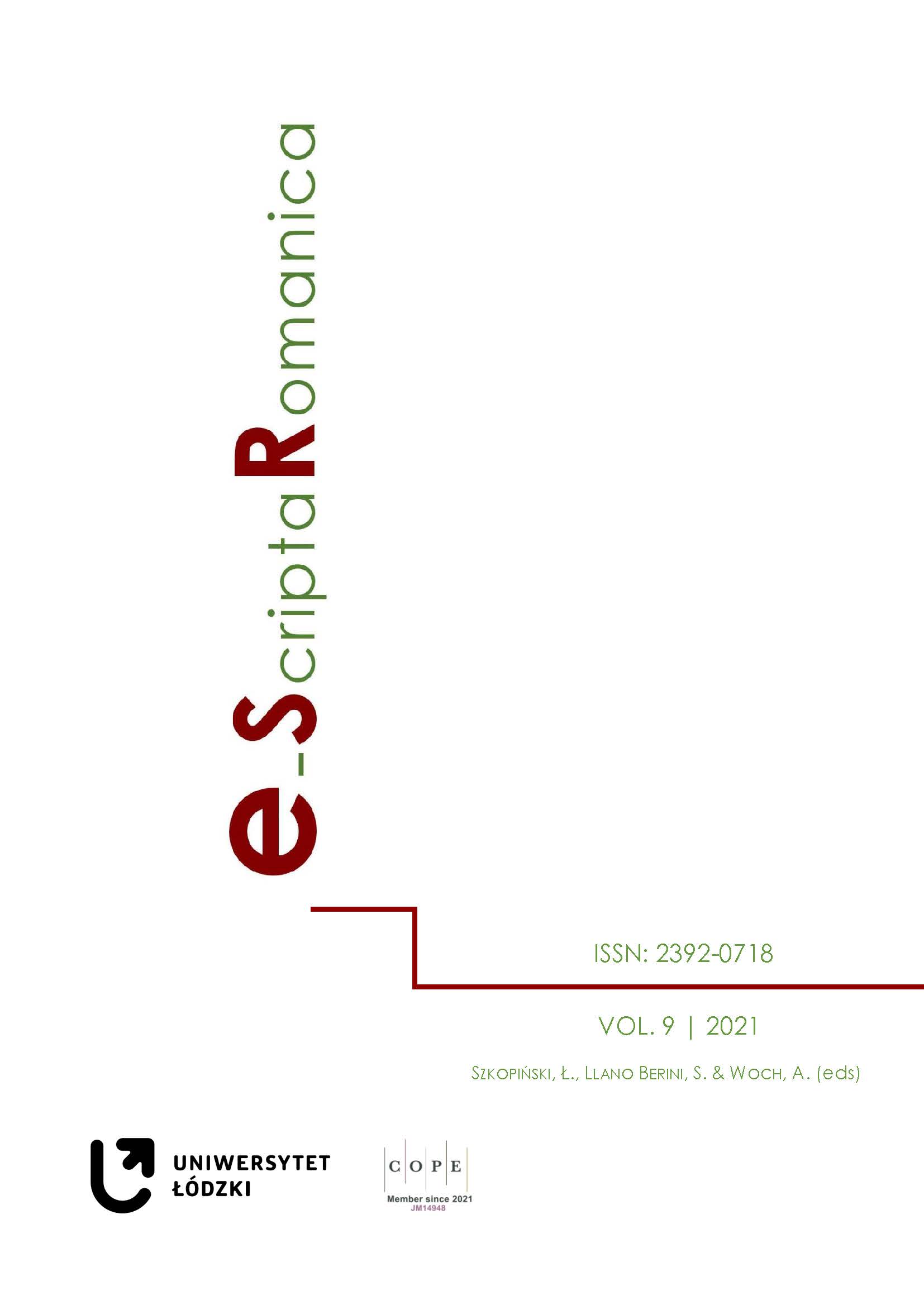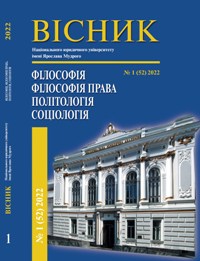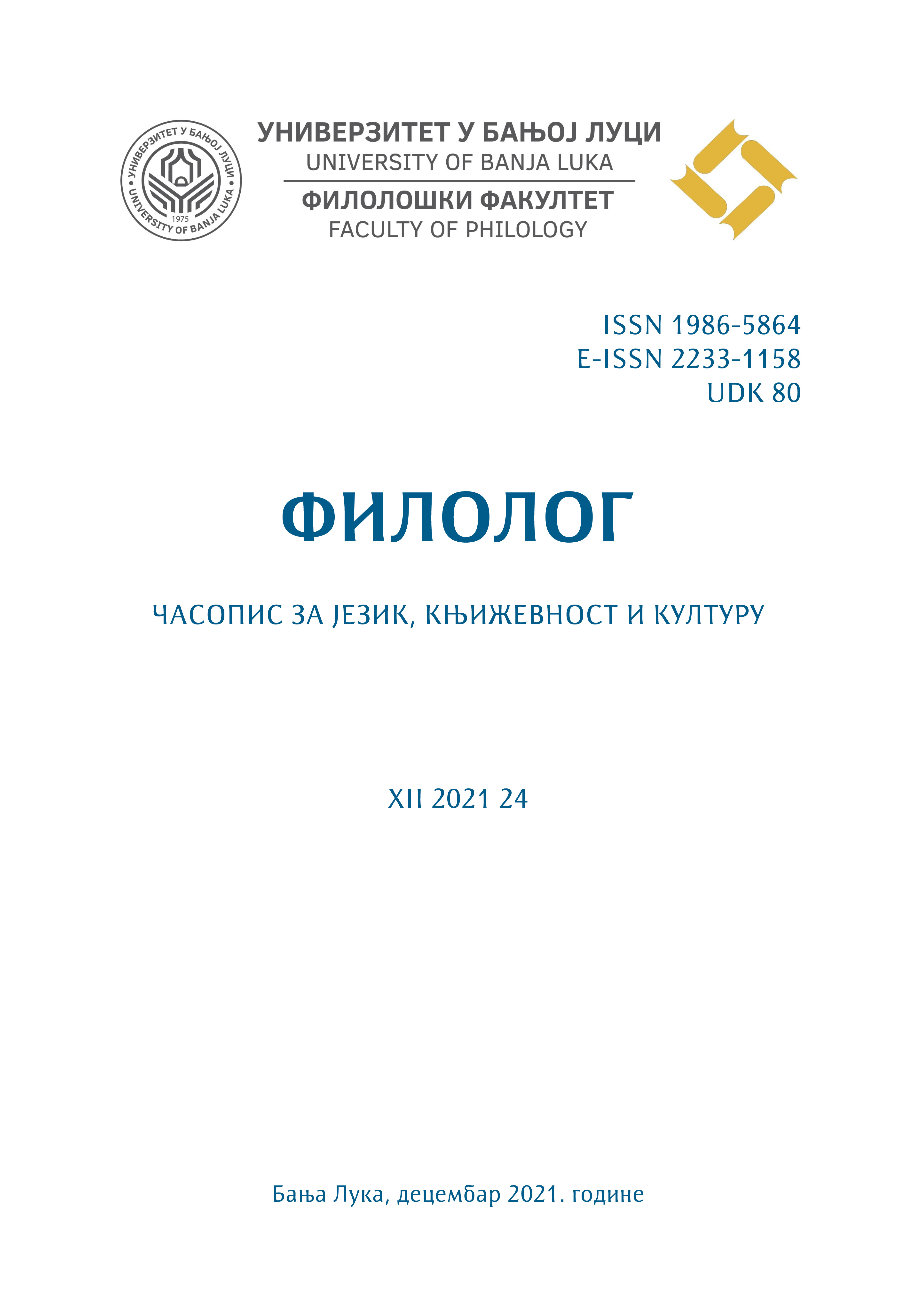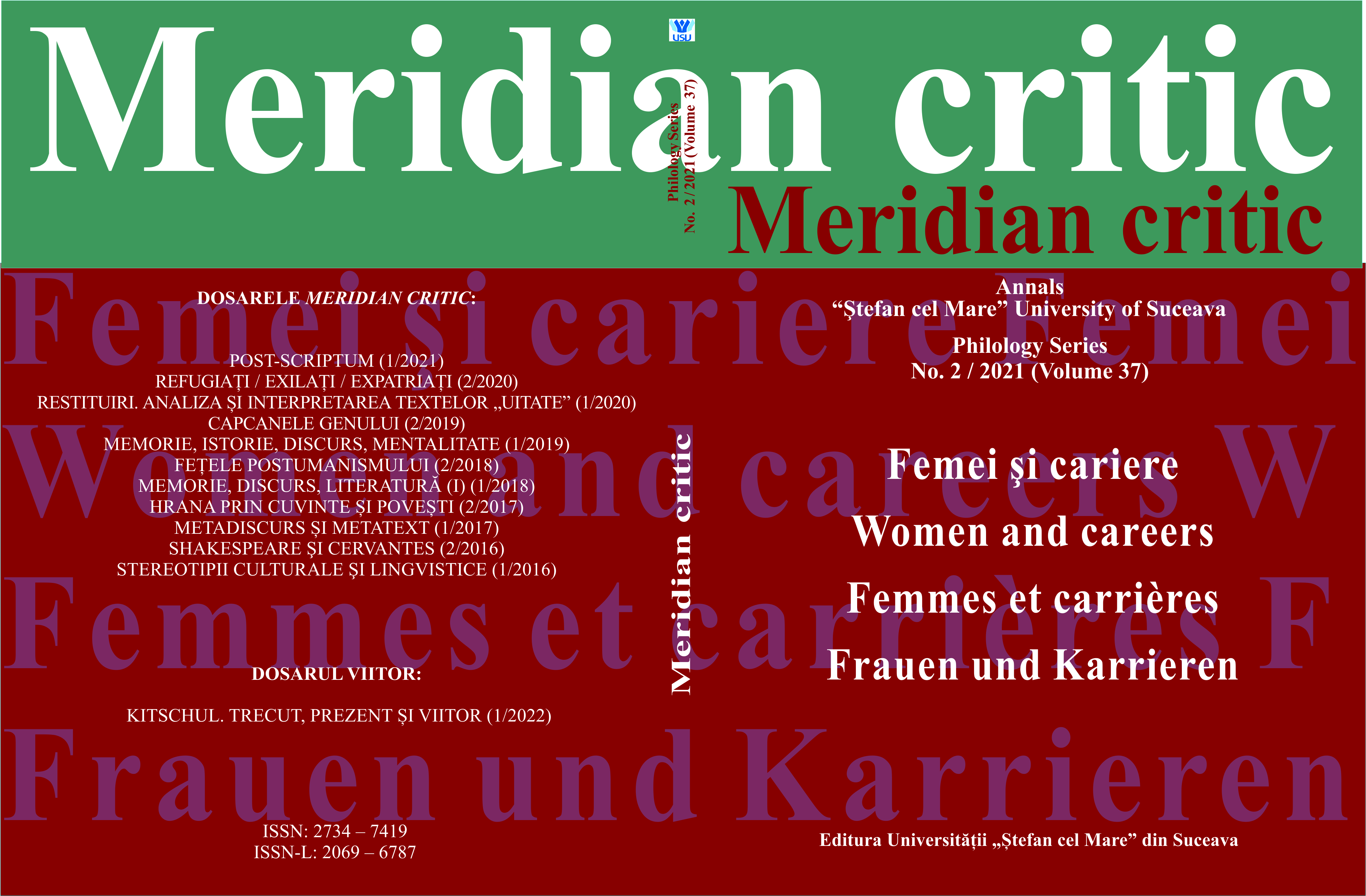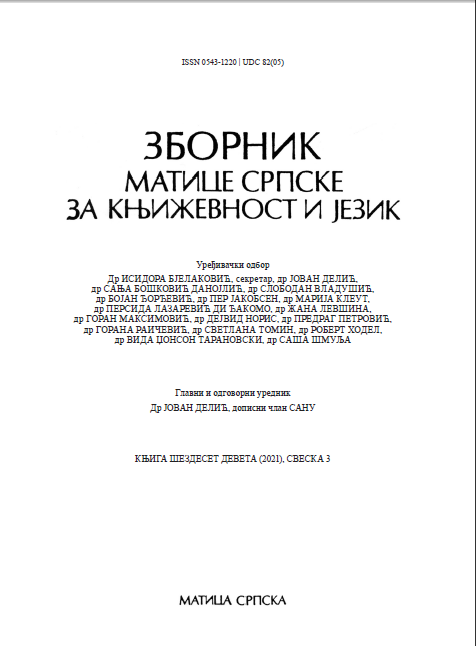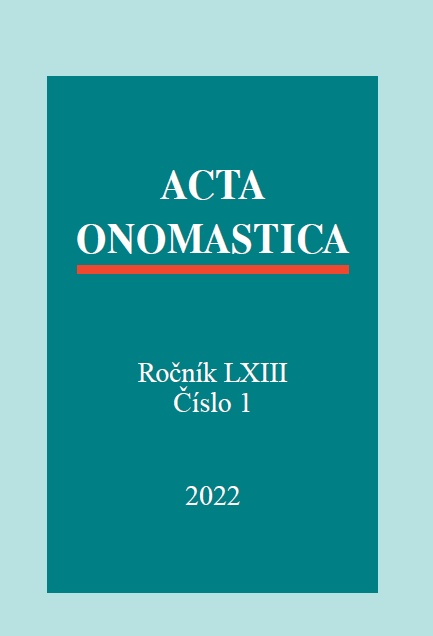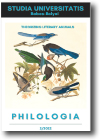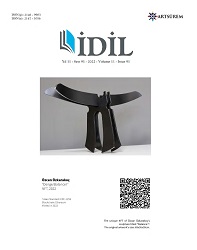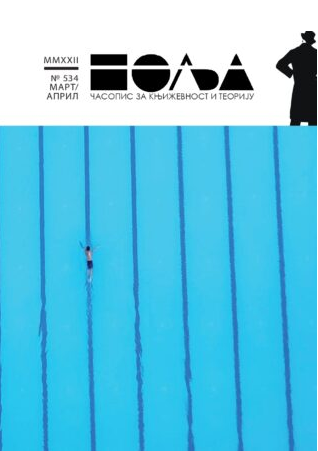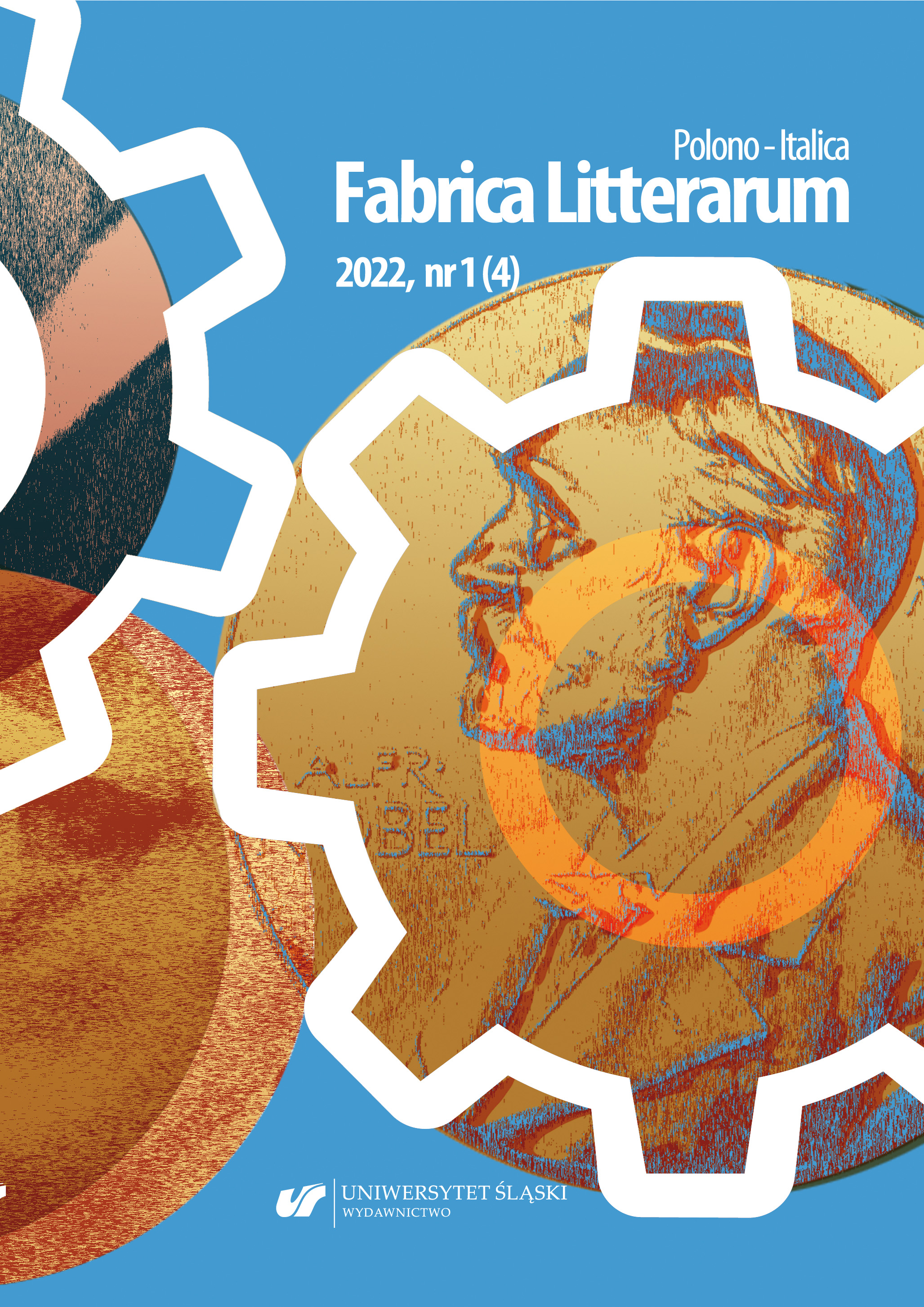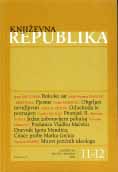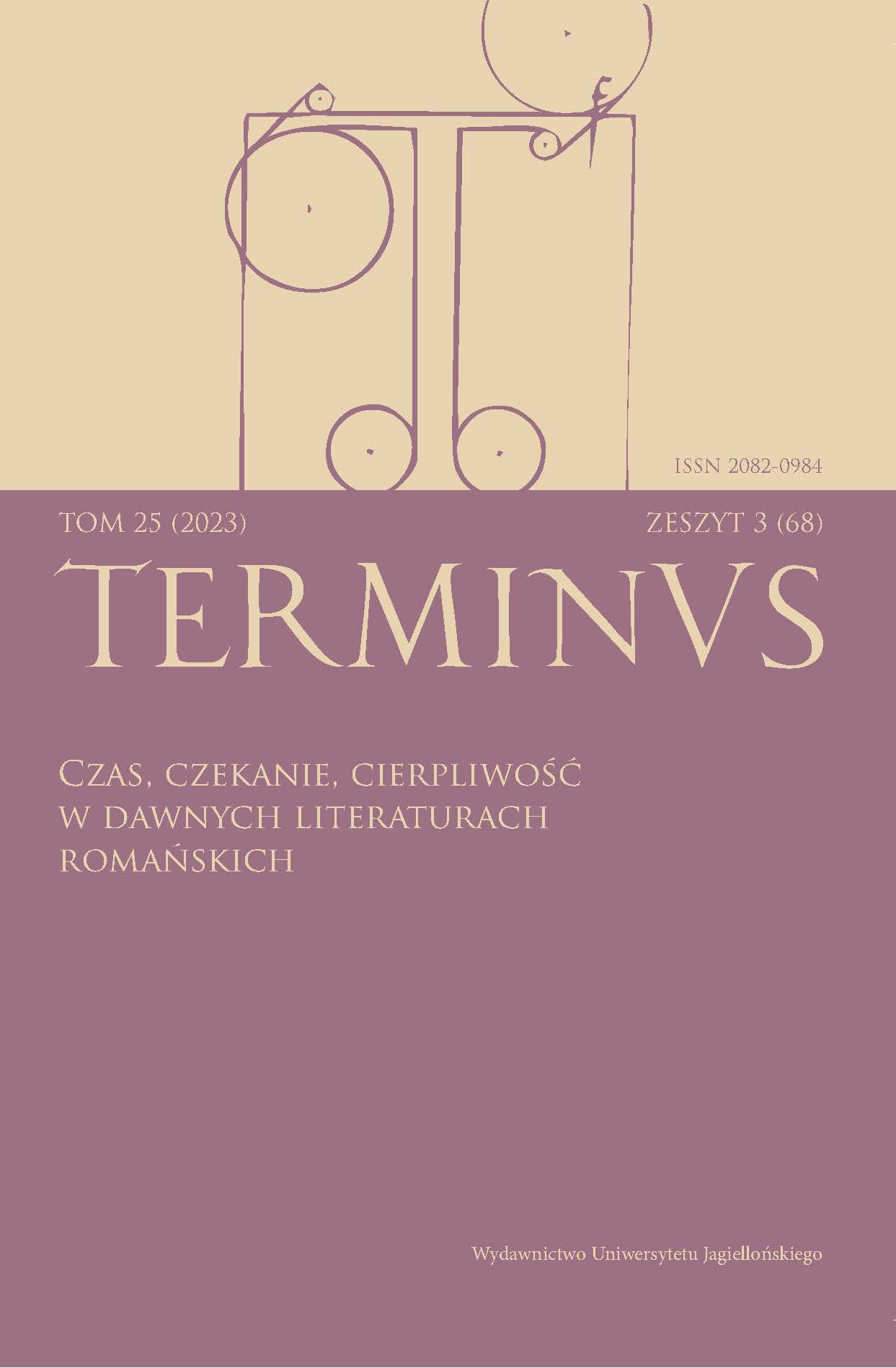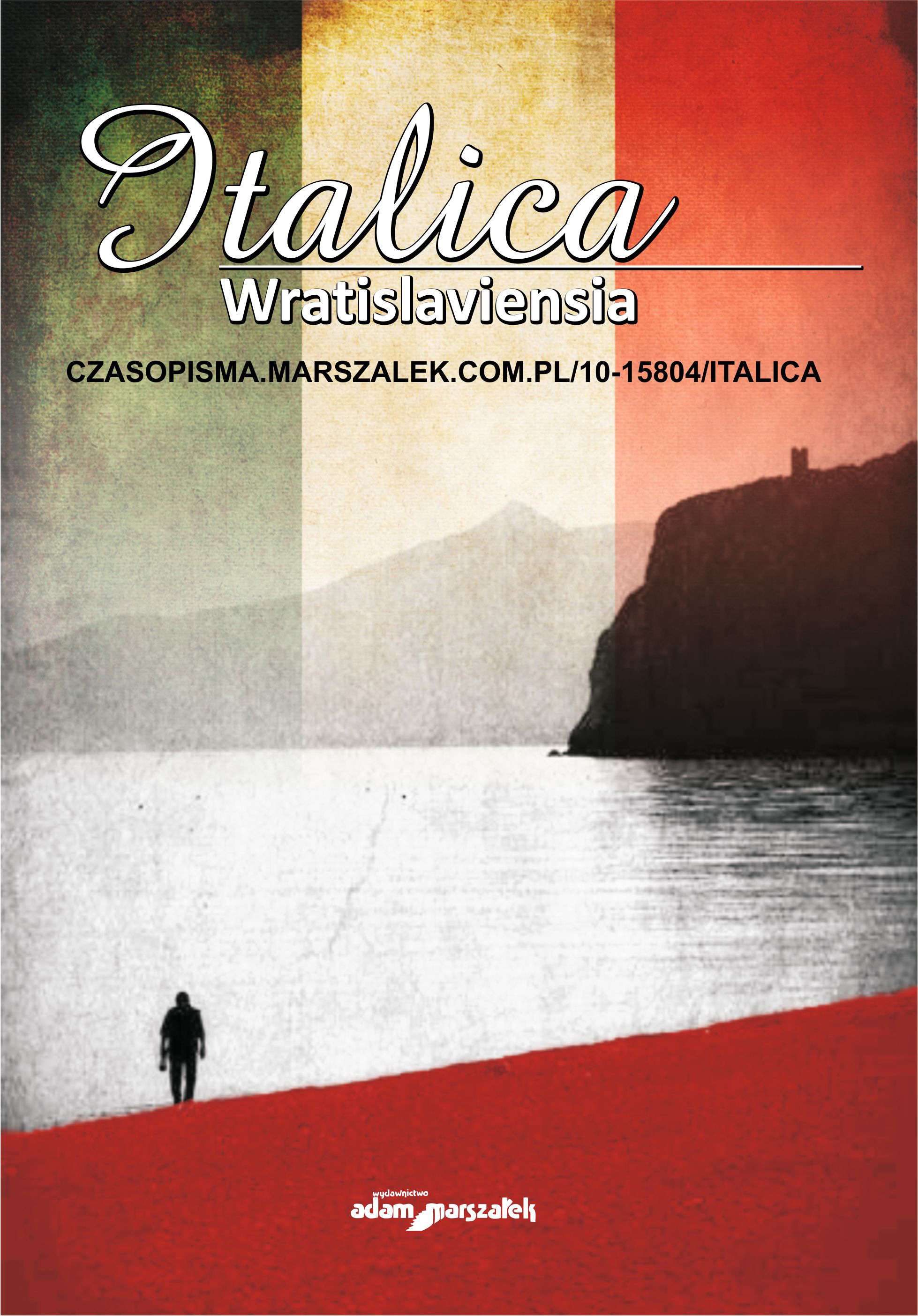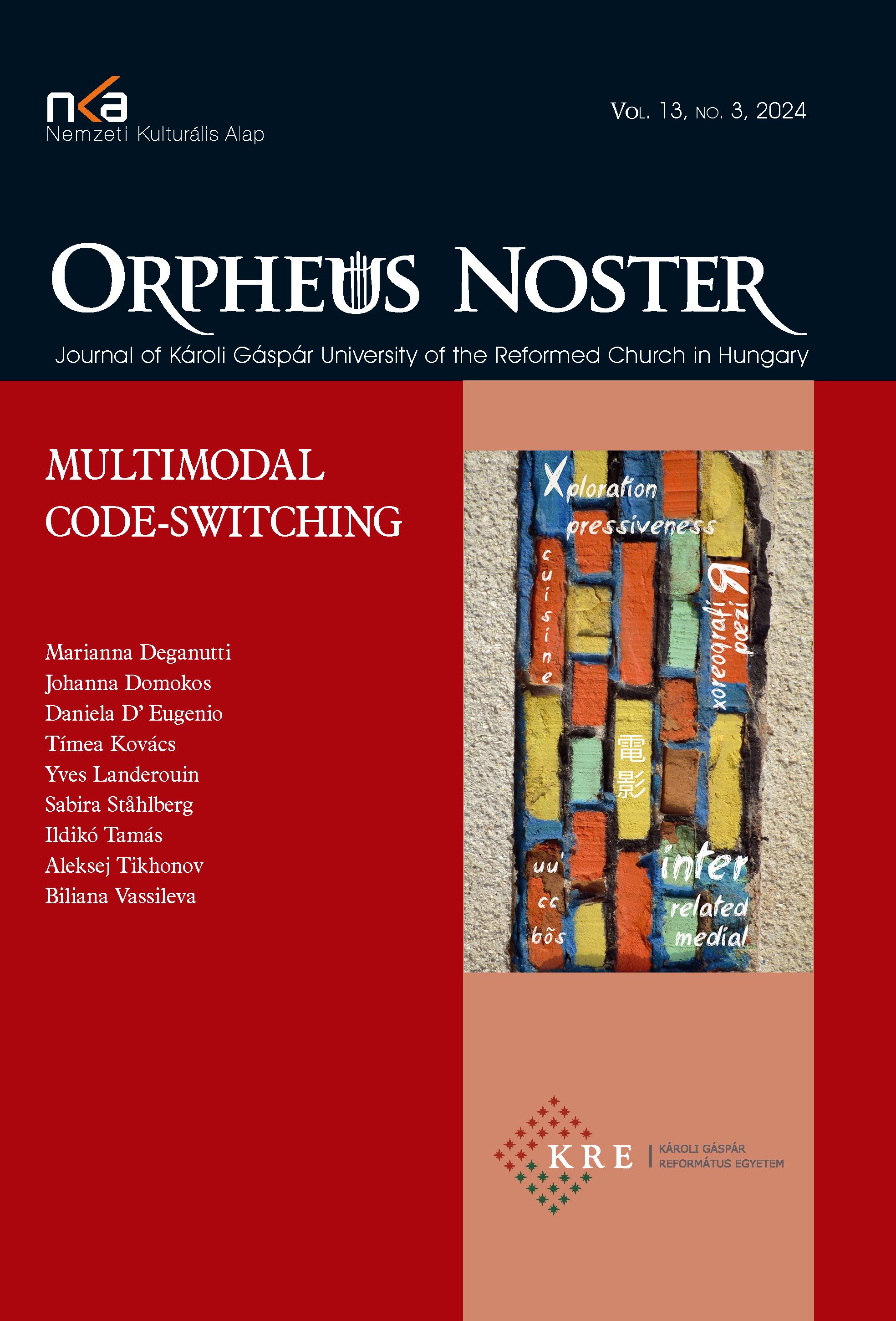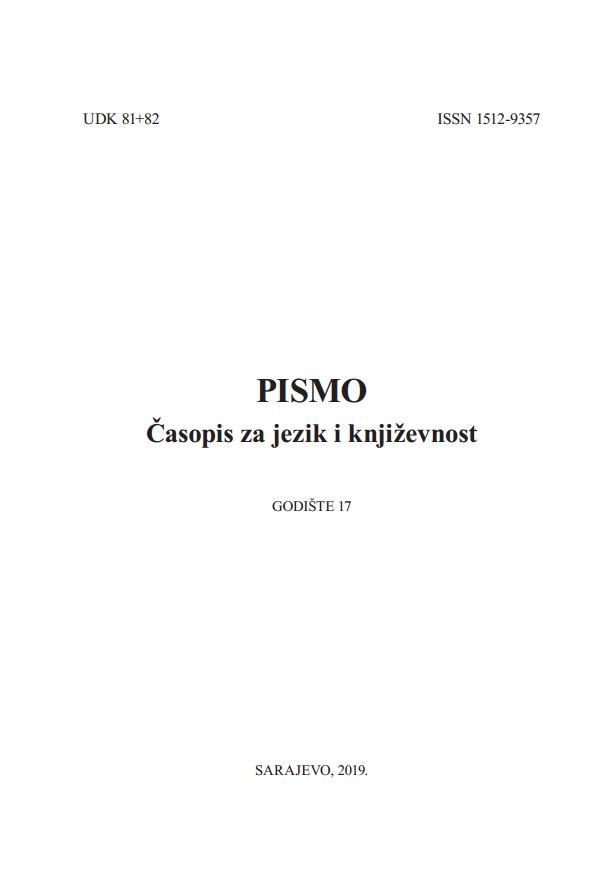
Laž i obmana Else Morante kao freska sicilijanskog društva između stvarnosti i bajke
The novel House of Liars by the Italian author Elsa Morante was published in 1948. Many literary critics were puzzled by this novel as it was, to a great extent, in contrast with the neorealist prose at the time. In her novel, Morante shows reality through lies and deception of the main characters, and the theme of their religiosity and escape from reality, which is the goal of our research. The novel sparked great curiosity among contemporary critics and delighted them. The work is complex and its characters unnatural and deformed by twisted ideas that are presented to them by the society that they accept no matter what cost. The characters are susceptible to a fake lifestyle bereft of love, justice, truth or spontaneity. They are constantly resorting to lies in order to overcome the inevitable disappointment that life brings and to feed their meaningless ambitions that lead them to self-destruction. The story of the novel is placed on a sentimental and historical canvas of nineteenth century Sicily and is primarily oriented towards the deforming aspects of the Sicilian mindset. The characters lack capacity to suffer their position in this world. For that reason, they have an instinctive desire to resort to myths and prejudice. The plot of the novel flows through blocks of narrative. The author constantly moves forwards and backwards in time, once again to the characters and events previously abandoned. She avoids simultaneity to the maximum and enjoys taking her own characters through time. The characters do not possess an essential feeling of religiousness. On the contrary, this feeling is manifested through idolatry and superstitious beliefs. Christianity is always depicted as idolatry and is devoid of its own essence, which is why the pagan myth is placed at the same paradigm. Both become material for sacred and theatrical rituals, such as fairy tales and legends this world is permeated with. Reality and appearance interchange incessantly, and one understands that the theatre for Morante is not only a magical place where miracles turn into reality, but something greater, a magnificent metaphor and almost an allegory of the world. The tragic play of lies, spells and the unreal finally ends after the death of the protagonist's parents. Ghosts and spirits settle, but only to reappear in Elisa's mind.
More...
